Useful Information
What's The Difference Between Carbon Steel & Stainless Steel
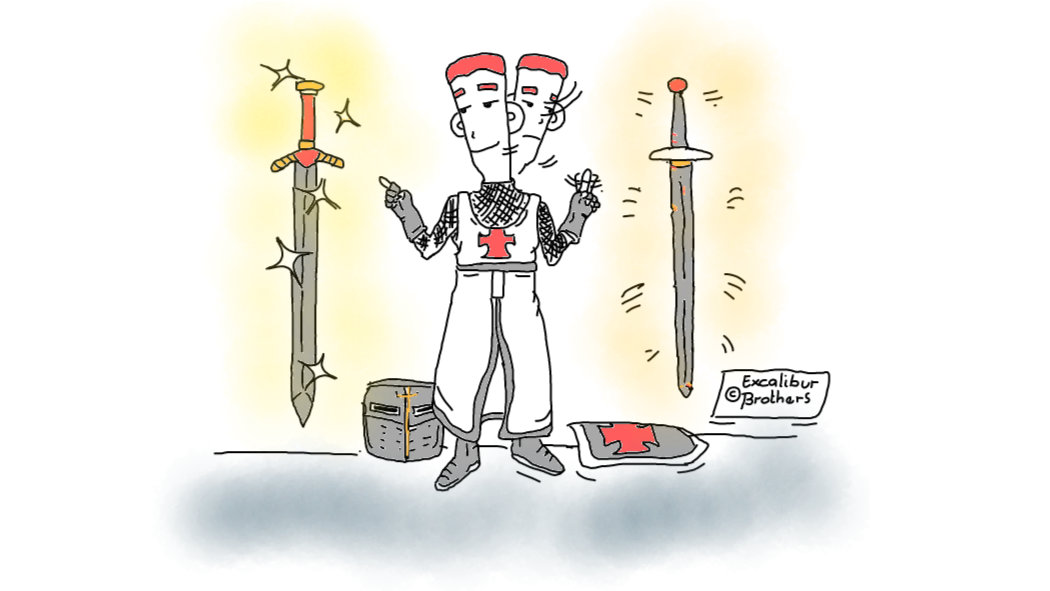
Many people these days like swords. It may be the martial ferocity of the weapon. Perhaps the skill to wield such a weapon is also a drawing point. It could also be how these weapons are presented in various media forms.
Another point of interest may be the various fighting forms and historical legacies that each type of sword carries. For instance, the first ever sword to be found was at 3300 BC from Turkey.
Another popular one is the samurai’s katana from Japan. This one is often considered an extension of the samurai’s soul. The history of its development is very interesting and laced with various implications throughout history.
Now though, we’ll be presenting yet another fascinating aspect of swords. This aspect is the thought on the various materials being used to create swords. Specifically, it will be the key differences between carbon steel and stainless steel.
Stainless Steel
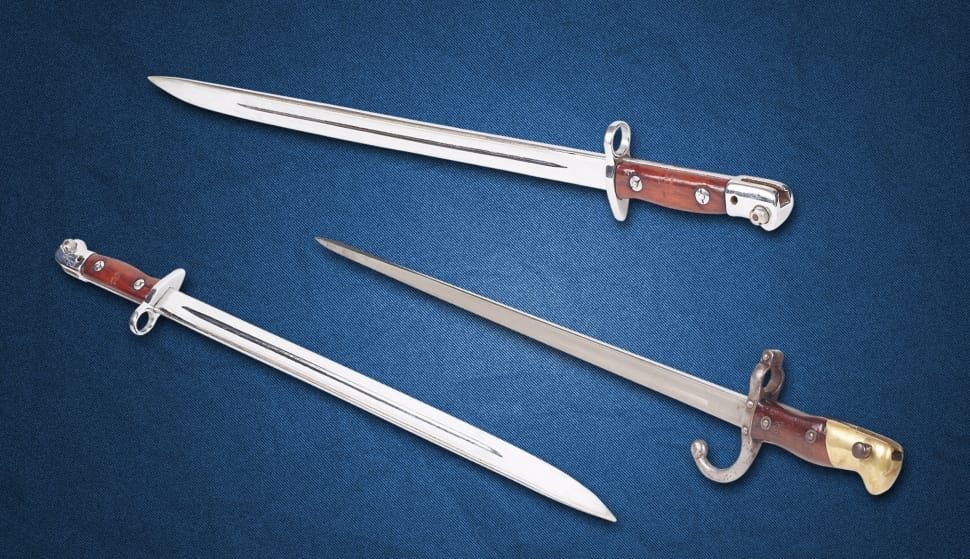
“Stainless steel” as a material is very common in this day and age. People who buy certain items and even constructions companies often prefer stainless steel if it is available. This is because of the benefits that this has.
It is no different with swords.
Stainless steel has certain physical properties that are advantageous to the users. First and foremost is the improved resistance to corrosion. It is also highly resistant to both ends of the temperature spectrum. Whether high or low, its resistance means it can be used in various industries for different applications.
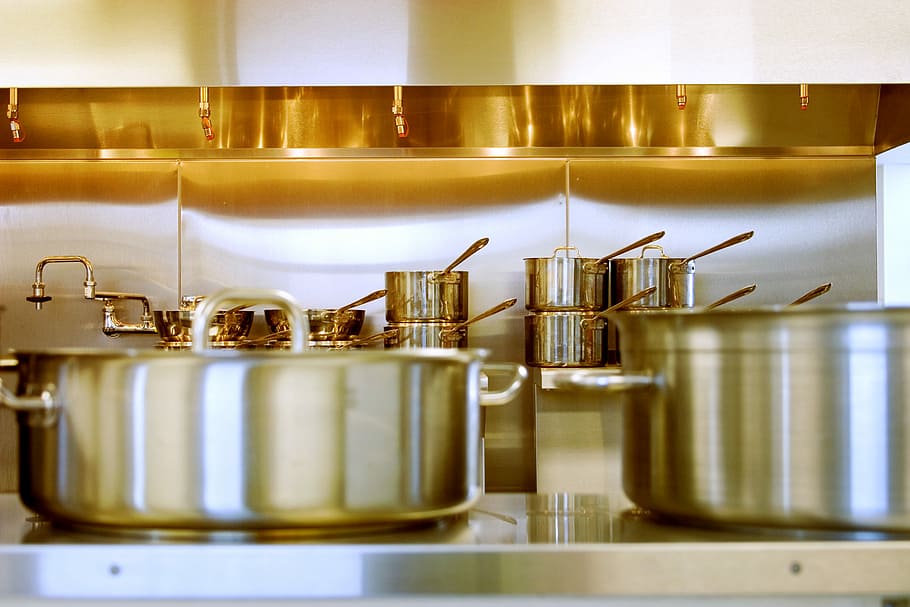
Perhaps the biggest reason for using stainless steel is the overall strength that it has. This is probably why it is used in construction. It promises a long life cycle, as well as a pleasant aesthetic that will be around for years.
For stainless steel swords, the alloy used has more than 10% chromium. Other alloys usually have carbon, iron, and other compounds. The inclusion of chromium adds additional rust protection for the sword.
Without chromium, the oxygen would most likely interact with the iron in the alloy. This interaction will trigger a chemical reaction known as oxidation. If left unchecked, it will eventually result in rusting.
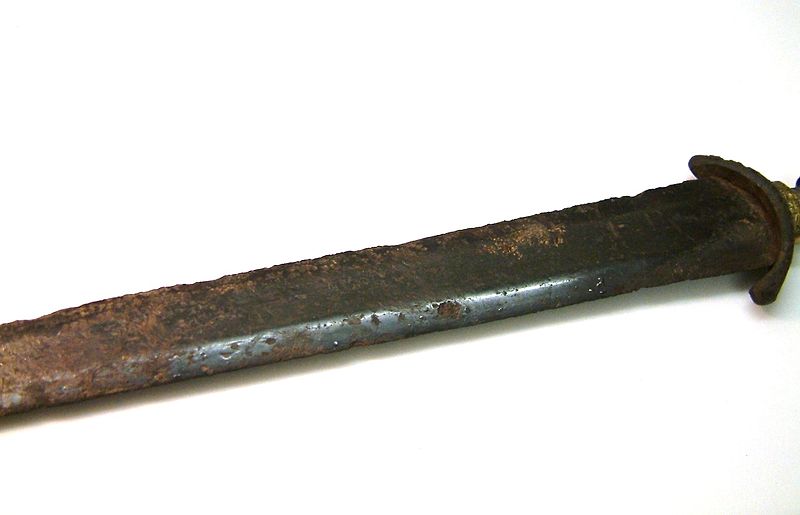
The reason chromium prevents this though is that it creates a very thin layer over the iron. This means that it will not be able to react or interact with oxygen.
Another benefit of stainless steel in swords is that the chromium allows for easier sharpening of the blade.
Despite these benefits though, the stainless steel sword has certain drawbacks. The biggest drawback is that it can easily break. That is why it is ideal for certain short swords but not so much for long blades like katanas.
Carbon Steel
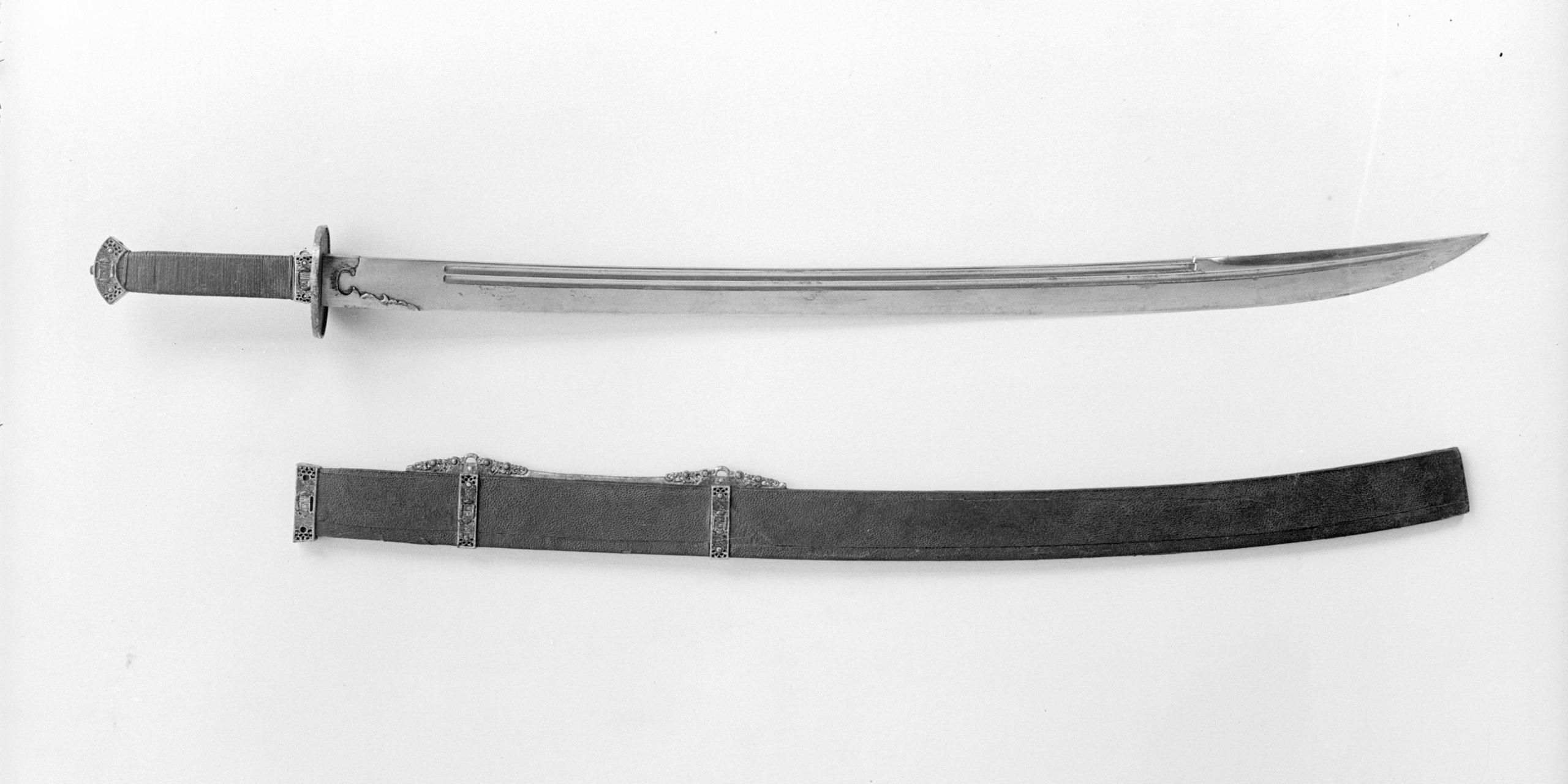
Let’s take a look now at carbon steel. With metals, the heating of iron at very high temperatures would eventually dissolve into carbon. However, if it is cooled very quickly after the heating process, the carbon is trapped within the steel making carbon steel.
Even though carbon steel is very brittle when compared to other steels, it has nonetheless become a very important tool in many areas of people’s lives. Depending on how much carbon is in the steel (low, medium, and high), its uses change.
The uses for carbon steel include things like fencing, gates, gears, axles, shafts, pipelines, refrigerators, blades, strong wires, and more.
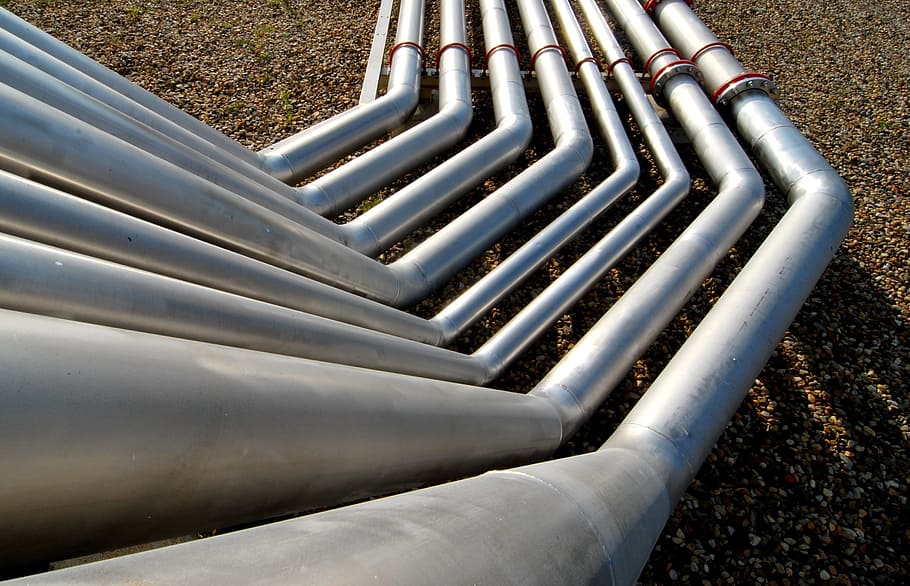
The benefits of carbon steel lie in its strength. With swords, it can create blades that are generally harder and stronger. This means that they wouldn’t break so easily.
It can also hold a very sharp edge relatively well. The carbon binds all the elements together which allows for sword users to sharpen their blades more than their stainless steel counterparts.
The example here is the famous katana. Japanese blacksmiths needed to create a blade that was relatively strong so as not to break, but also very sharp. Katanas are razor sharp and can cut a variety of things with ease.
The problem? Unlike the stainless steel counterpart, carbon steel swords don’t hold well with rusting. This doesn’t mean that it is doomed for rust though. All this means is that carbon swords owners will need to allocate more time and resources to maintaining the blade.
This will entail wiping and cleaning down the blade as often as possible. A simple fingerprint left on the blade is enough for oxidation to trigger.
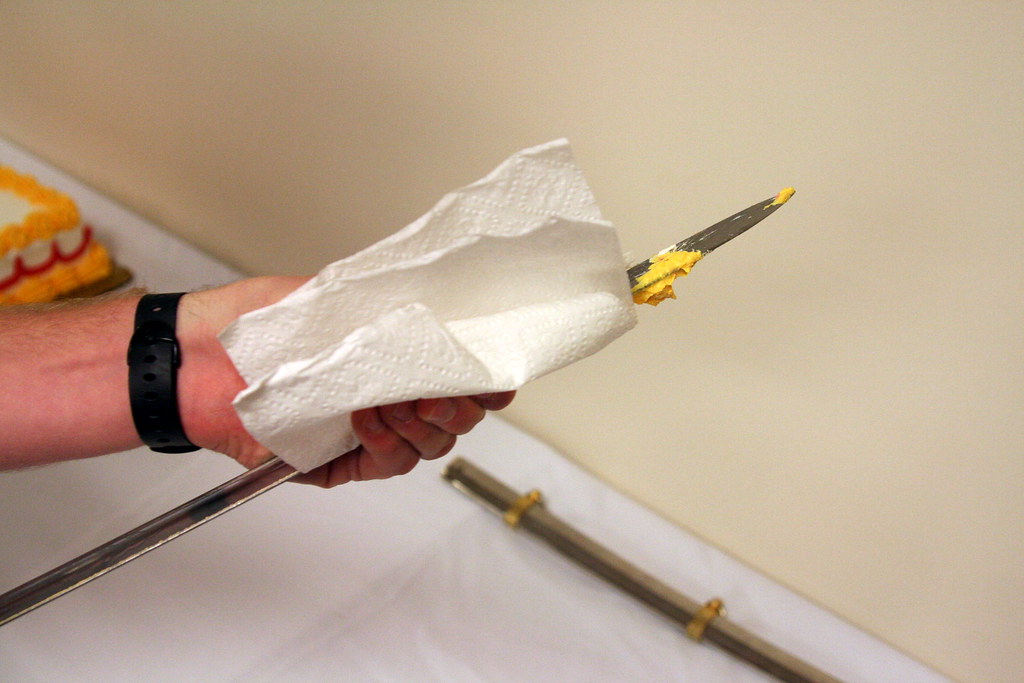
We hope that this information on the difference between carbon steel and stainless steel will add to your interest in swords.
Furthermore, we hope that it can help any current sword owners take care of their blades more, and that those contemplating on buying swords will have their choices guided more.
The Information Below Was Found In EBay Reviews
If Your Browser Will Not Display The Above Page Click Here
For A Detailed Explanation of Various Type Steels
You might also wanna check SAMURAI SWORDS VS LONGSWORDS.